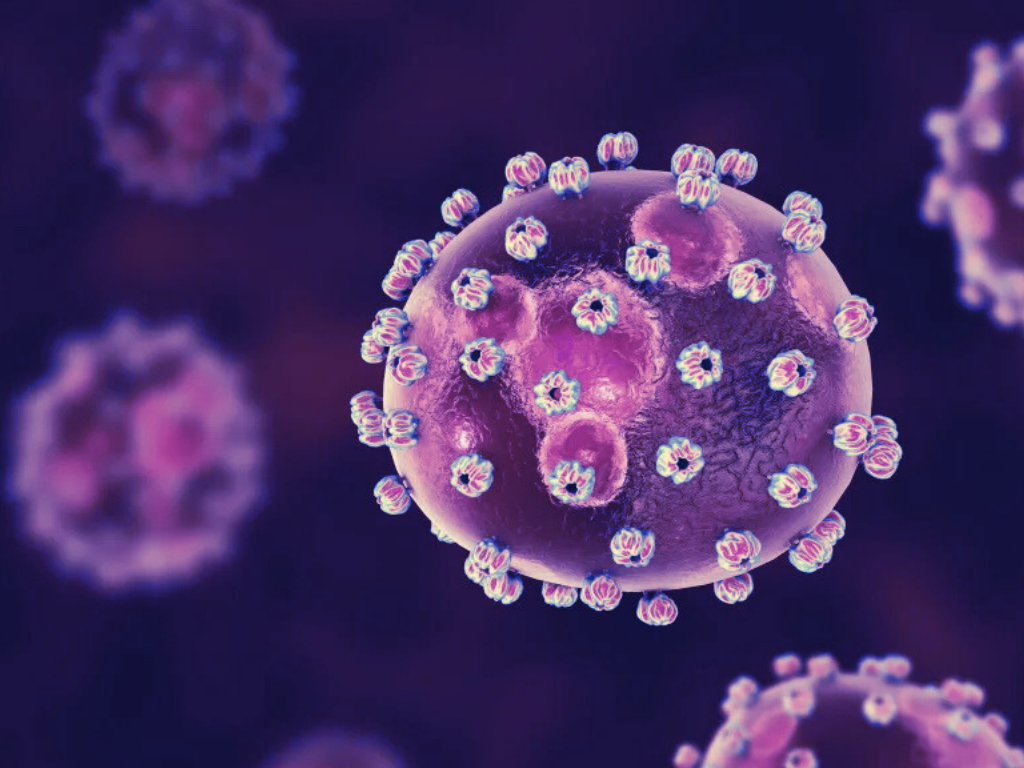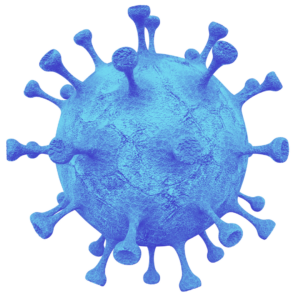Looking back at SARS, 20 year anniversary
“Those who cannot remember the past are condemned to repeat it.”
George Santaya (1905)
History is repeating itself. Exactly 20 years ago today, on February 23rd, 2003, a coronavirus the world had never seen before arrived in Toronto, sparking a deadly outbreak across the city. At the time, I had just finished my medical training and was beginning my career as a young infectious disease physician at the University of Toronto. Over the following four months, I watched this tiny virus – known as SARS-CoV – disrupt our hospitals, unravel the city’s social fabric, and inflict lasting economic damages. When the outbreak in Canada and more than two dozen other countries finally came to an end, it dawned on me that the world had just entered a new era of epidemics.
Two decades later, we find ourselves stuck in another deadly coronavirus outbreak, this one caused by SARS-CoV2. However, this virus has sparked a pandemic, disrupting every country on earth, causing billions of infections and millions of deaths, and continues to linger three years in from its inception. Thankfully, the worst of the pandemic appears to be behind us, but in the interim the world has become frayed and more fragile. Countless people are still processing the painful loss of loved ones, confronting disabilities from long-COVID, and looking for solutions to counter healthcare worker burnout, social deprivation, and economic hardship. It’s entirely understandable that what we want more than anything is to just move on.

While the risks from SARS-CoV2 are gradually diminishing, the risks from dangerous infectious diseases are only increasing. Overlapping human outbreaks triggered by an array of animal viruses from Mpox to Marburg to avian influenza and Nipah, all with COVID-19 circulating in the background, are inconvenient reminders that the world is in fact in an era of epidemics. Yesterday, The New York Times referred to this as the “Pandemicine”, or pandemic epoch, raising questions about our readiness for “back to back pandemics”.
So, what will the next 10 years look like? Well, we are shaping that reality with the decisions we make today. But what is clear is that the world is going to have to move faster, smarter, and be better coordinated than it’s ever been. And this reality can only come from a solid foundation of infectious disease intelligence. Which is why I am so proud to be leading BlueDot, a global infectious disease intelligence company based in Canada that harnesses the combined power of human and artificial intelligence to help governments and global businesses protect the lives and livelihoods of their people, and in turn contribute to a healthier, safer, more prosperous and resilient world. Through these public and private sector partnerships, we are able to extend our reach and be the change we need to see in our world.









